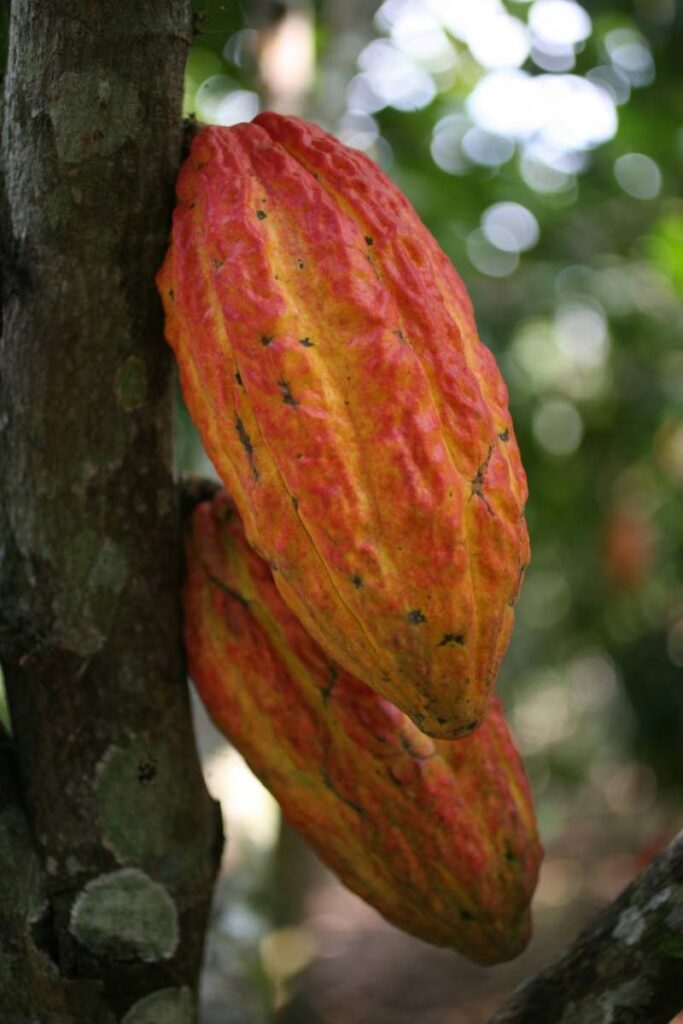How geographical indications can help Caribbean businesses

Geographical indications (GIs) are signs that indicate a direct and traceable relationship between where a product is made and the product itself.
It is a form of intellectual property right (IP) that is conferred on specific products because their qualities, characteristics or reputation are derived from their geographic location (whether by climatic conditions, traditional processing ways, or culture) and makes the product so distinct that such a combination of product and place is not easily duplicated elsewhere.
This relationship is conveyed to consumers by the inclusion of a GI sign or word on the product’s label.
GIs are collective rights. They are owned by producer organisations or government bodies; ownership of the IP to one person is not permitted.
How can a diversified approach to GIs help to forge sustainable futures for Caribbean businesses?
Internationally, most GIs are associated with foods, wines and spirits.
Examples include feta cheese made in Greece, champagne from France, Jamaican jerk, Parma ham from Italy and Swiss chocolates from Switzerland.
Well-developed GI brands are worth billions of dollars; most of these are based in Europe. However, some countries such as Japan and India use GIs to protect non-food/wine products such as raw silk and home décor items such as furniture.
When GIs are successfully integrated into product and consumer markets, they may contribute to many facets of sustainable development (including job creation, women’s economic empowerment, building strong partnerships and increases in innovation).
As such, they are often positioned as aids to development. This diversified approach to GI commercialisation means that producers look beyond the GI product itself as means of earning revenue from the resource.
For example, TT is to be commended for its plan to register its cocoa (Trinidad cocoa) as a GI, based on its distinct taste and well-known position in global consumer markets.
Product diversification measures may be helpful to make the most of the geographic relationship between the product, Trinidad and Tobago’s peoples and its economy.
Going back to the Trinidad cocoa example, cocoa producers may consider integrating the GI designation with other related products and services in a way that diversifies the GI designation revenue stream.
What may this involve?
As an example, this may include developing relationships between GI industries and the clean technology sector by converting cocoa waste to biofuel for electricity purposes.
Therefore, the GI linkage has the potential of contributing to climate action, increasing diversity in employment opportunities in communities, and fostering economic growth in new sectors in the islands.
In addition, producers may also explore what other consumer products can be derived from Trinidad’s cocoa, which may either be protectable under the GI designation, or as another form of IP such as trademark rights.
For example, is it possible to source an energy drink or cosmetic products from the cocoa that is also protectable under the GI designation, and has strong potentials in international markets?
Another avenue for diversification is through GI services, if domestic legislation permits.
Serbia is the only country to use GI legislation to protect a service – health tourism.
Legislation permitting, GI service-based industries create more opportunities for entrepreneurs to make use of IP rights.
The foregoing discussed a business and IP strategy that looks to full integration of the GI concept across multi-sectors, industries and platforms.
In the age of innovation, it is highly unlikely for GIs to benefit Caribbean businesses long-term without a diversified approach to commercialisation.
The Trinidad and Tobago Chamber of Industry and Commerce thanks Dr Marsha Simone Cadogan, Bsc LLB LLM PhD (Intellectual Property Rights Law) IP and trade consultant, Canaan Bridges Consulting (www.canaanbridgesconsulting.com) for contributing this article.


Comments
"How geographical indications can help Caribbean businesses"